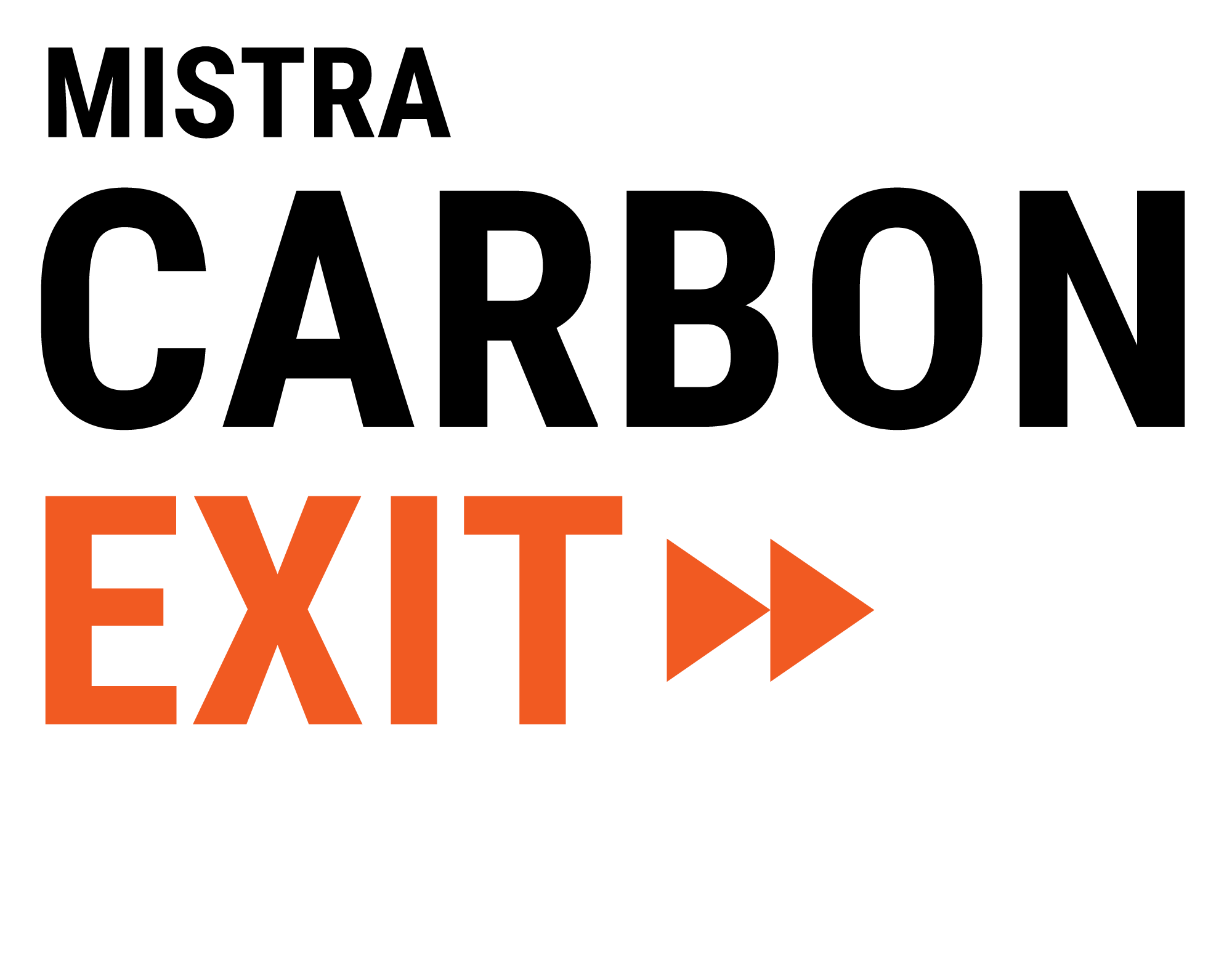"Case studies is a valuable platform for exchanging experiences"
Johan Rootzén, Chalmers, leader for Case study Buildings and Transportation infrastructure
Author: Johan Rootzén, leader for Case study Buildings and Transportation infrastructure
Initial work in our case study has created a common understanding of the current status and best practices within the supply chains of Buildings and Transportation infrastructure. We have also begun to identify key challenges and knowledge gaps that need to be overcome to meet the goal of net zero greenhouse gas emissions by the year 2045.
Our first phase has included a workshop and several video conferences involving some 30 stakeholders along the supply chain; material suppliers, contractors, consultants, architects, clients, governmental agencies, municipalities, research institutes and universities.
Theses gatherings have confirmed a consensus around the fact that no single actor has the means and tools required to achieve the goal of net-zero emission from Swedish construction and civil engineering projects. Thus, the case study provides a valuable platform for exchanging information and experiences, to learn from each other and co-produce new knowledge.
One important outcome of these initial talks has been the formulation of two overarching questions guiding the case study work, namely: How to realise the potential of the emission reduction measures that have been shown to exist already today. And: How to, as soon as possible, create the economic and organisational conditions that will lay the foundations for reaching zero or near-zero emissions of the entire supply chain - from raw materials to completed buildings and infrastructure. Although related, the two questions tend to be associated with two quite different sets of opportunities and challenges.
Failure to realise the potential for existing emission reduction measures tends to be explained by factors such as implicit or explicit constraints within organisations of individual companies, inadequate communication between actors in the supply chain, overly conservative regulations and norms or lack of information.
With respect to the second question the task is to, already today, lay the foundation for a number of key technologies that will likely be required to achieve deep decarbonisation within a couple of decades, for example through electric construction machines, carbon capture and storage and hydrogen-reduced iron and steel. These technologies involve above all adaptation of legislation and innovative schemes to share risks and costs associated with developing and implementing new technology.
The next step in our case study is to begin probing into the construction projects that has been singled out as suitable for exploring how challenges and opportunities related to the decarbonisation of the supply chains for buildings and transport infrastructure are manifested under real market conditions. We have also identified a number of cross-cutting focus areas that will be investigated throughout the project period. First up is a study of the potential for scaling up the use of alternative binders in concrete production.


